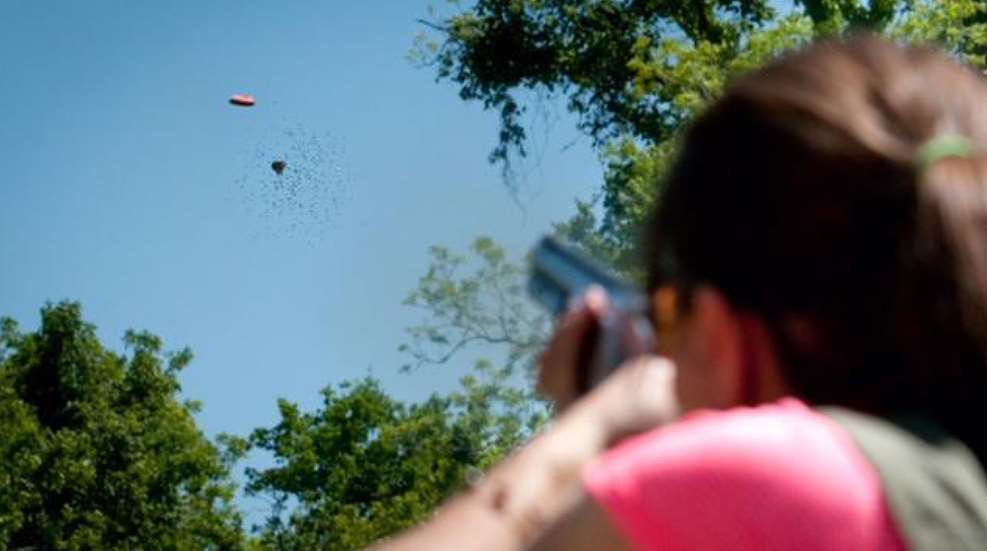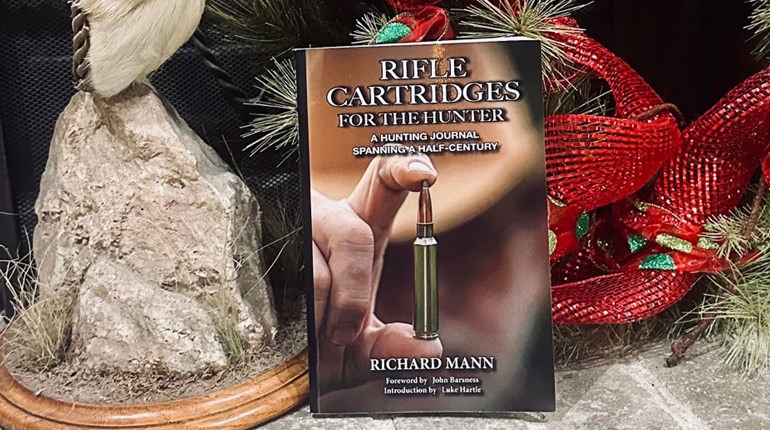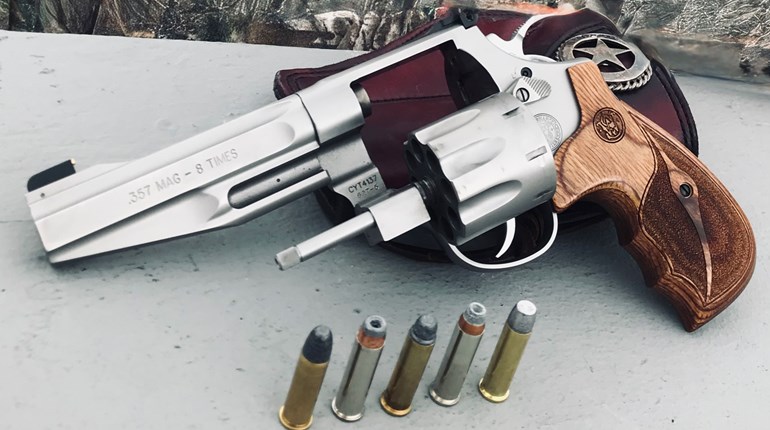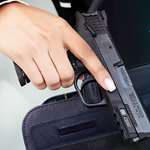
To steel or not to steel? That is the question. I am referring to steel shot. In 1991 the U.S. Fish & Wildlife Service (USFWS) required the use of non-toxic shot for the taking of migratory waterfowl. One common version of non-toxic shot is steel shot. The use of non-toxic shot applies to ducks, geese, brants, swans, coots and mergansers. The 1991 law made lead ammo illegal for waterfowl hunting.

The use of lead shot is still legal for the taking of migratory non-waterfowl such as doves, woodcock, snipe and sandhill cranes. However, you cannot be in possession of lead shot if you are in possession of any waterfowl. In other words, if you have a mixed bag that includes non-waterfowl such as sandhill cranes and waterfowl such as geese, you can only have non-toxic shot in your possession.

There are 14 different non-toxic shot approved by the USFWS. These include iron (steel), bismuth-tin, iron-tungsten, iron-tungsten-nickel, copper-clad iron, corrosion-inhibited copper, tungsten-bronze, tungsten-iron-copper-nickel, tungsten-matrix, tungsten-polymer, tungsten-tin-iron, tungsten-tin-bismuth, tungsten-tin-iron-nickel and tungsten-iron-polymer. The USFWS further accepts the approved non-toxic shot to be coated in copper, nickel, tin, zinc, zinc chloride, zinc chrome, fluoropolymers and fluorescent thermoplastics. Luckily for us, we do not have to remember all these approved names of shot. Non-toxic shot is usually referred to as steel, bismuth, tungsten or copper. Toxic shot is commonly referred to as lead shot.
Location, Location, Location
Steel shot is considerably less expensive than the other types of non-toxic shot, therefore it is most common. However, steel shot is harder than lead shot, meaning there are some safety concerns when using steel over lead. Steel shot will travel farther, so the size of your hunting area may mean that steel shot is unsafe or possibly illegal. In some states, it is illegal to have your projectile cross the property line. If property lines or buildings are in proximity of your range or hunting area, you’ll have to choose a new location.
All Choked Up
Depending on the shotgun, steel shot may not be able to be safely fired through it. For instance, you should never shoot steel shot out of a full choke. Since steel shot is harder than the other types of non-toxic shot and lead, it does not compress like the other forms of shot. Therefore, it could damage the end of your barrel and/or choke. This happens because the shot does not compress enough to pass through the choke. The choke causes an obstruction. When there is an obstruction, the shot, expanding gases and pressure must go somewhere, which may end up through the side of the barrel by splitting or blowing out the end.

Many older shotguns have a choked or fixed-choke barrel. Before barrels were threaded for interchangeable chokes, a barrel might have a built-in choke, called a fixed-choke. Never shoot steel shot out of a fixed full choke barrel. This could lead to injuries and a damaged barrel.
A Weak Shotgun
Older shotguns pose another problem when using steel shot. The metal used to produce the components of older shotguns is not as strong as the metal used to make modern shotguns. Common indications that you have an older shotgun are any of these markings on the firearm: special steel, proof tested steel, nickeled steel, high pressure steel or electroplated steel. You may shoot steel out of an older shotgun for years with no problem, but eventually, the older steel will stress and give way. It is always better to be safe than sorry!

This topic typically prompts a lot of discussion. Yes, there are exceptions to these cautions. For example, there are full chokes that can have steel shot pass through them without damage. These chokes are not very common and can be expensive. All in all, keep these cautions in mind and always play it safe.














































